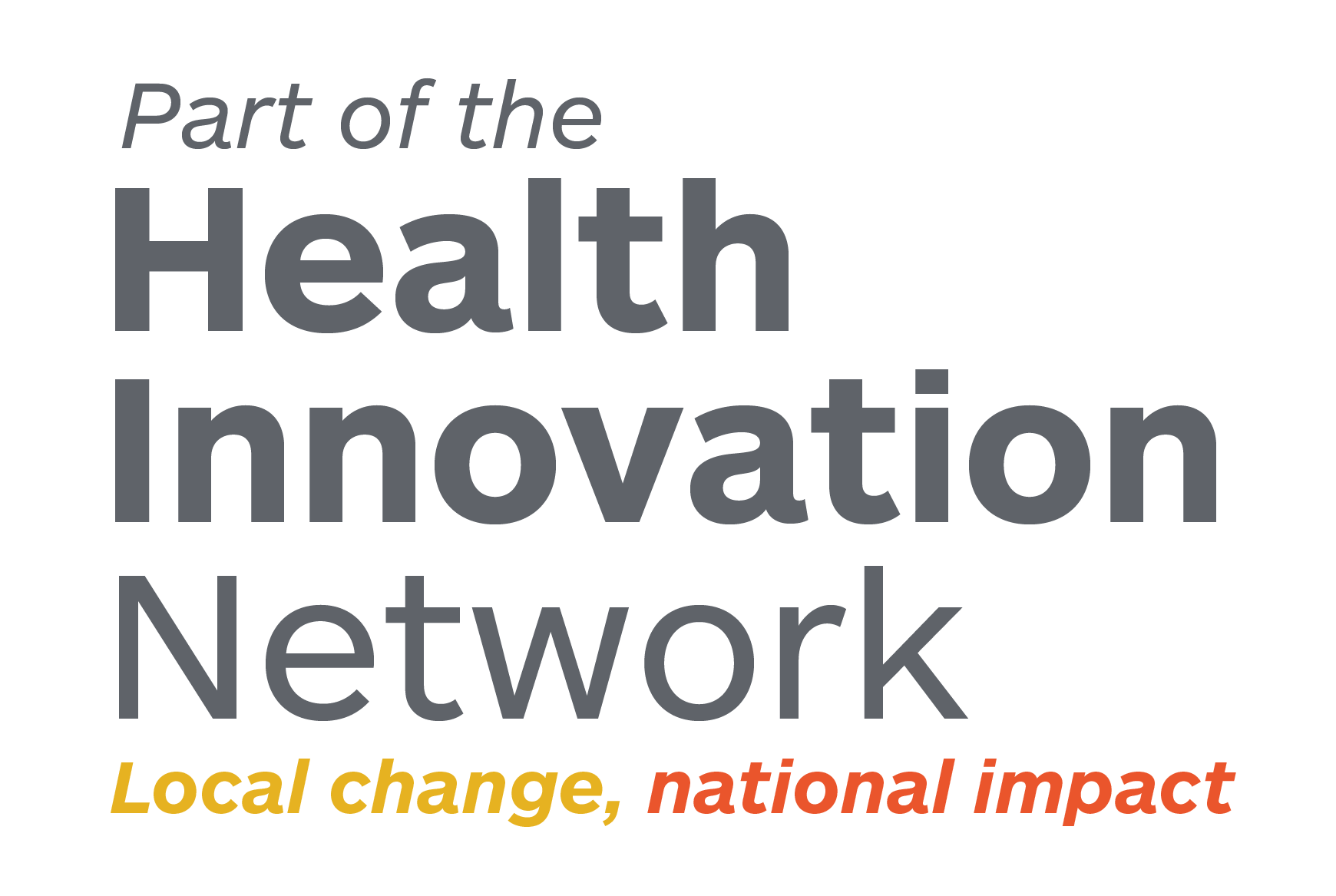
We have worked with North Bristol NHS Trust (NBT) to assess the benefits for patients and staff of a cardiac monitoring solution that is seen as a technological advancement from traditional electrocardiogram (ECG) Holter monitoring systems.
Our evaluation of NBT’s implementation of iRhythm’s Zio device shows it has successfully improved system efficiencies by increasing the number of patients completing the diagnostic pathway, decreasing waiting times for monitoring and identifying cardiac arrhythmias that otherwise would have been missed.
Over 1.2 million people in the UK have an atrial fibrillation (AF diagnosis), the most common type of cardiac arrhythmia, with an estimated 500,000 more people who are undiagnosed. AF is linked to health complications and has been shown to independently increase the risk of death. Early and appropriate identification and treatment reduces mortality and morbidity and is linked to better outcomes.
The Holter monitor is the most common form of ambulatory ECG monitoring in the UK and is initially fitted by a healthcare professional. Holter systems have several drawbacks. Patients must make repeat trips to a healthcare facility to have the device fitted and then to return it, they can feel bulky and uncomfortable to wear, and they need to be removed while washing. They can generally only be worn for up to five days, which means less frequent arrhythmias can be missed.
Adhesive single lead devices have been emerging over the last 20 years as an improved method of ECG remote monitoring. With their less obtrusive design and wear time of up to 14 days, these biosensor ‘patch’ technologies have been shown to outperform Holter monitors in diagnosing cardiac arrhythmias. ZIO® by iRhythm (Zio) is an example of a continuous ambulatory monitoring patch technology used to detect cardiac arrhythmias.
In March 2021, NBT’s cardiology and stroke departments used Artificial Intelligence (AI) in Health and Care Award funding to purchase the Zio patch technologies. As part of this work, significant pathway transformation took place throughout 2021 to create and refine a remote pathway incorporating the Zio service.
Our evaluation compared four months of data from cardiology patients using Holter devices pre-Covid with four months of data from patients using Zio patches post-Covid. We also analysed qualitative feedback from both cardiology and stroke patients using the Zio patch, as well as NBT staff.
The evaluation shows that use of the Zio service has resulted in:
- an increase of 32% in referrals from 2019 to 2022
- an increase in numbers of extended monitoring devices fitted from 2019 to 2022
- a decrease in waiting times for monitoring (24% reduction from referral to start of testing)
- reduced footfall of patients in the hospital, which was of particular benefit during the pandemic but also offers potential environmental benefits
- a reduction in estimated staff time requirements in the Zio pathway by approximately two-thirds.
Use of the Zio device has led to improved system efficiencies in the cardiology pathway at NBT and feedback from both staff and patients has been positive overall. It is easy to use, well-tolerated and comfortable.
An important feature of patch technology is the ability for longer monitoring periods and Zio can be used for up to 14 days. The evaluation demonstrated that high numbers of arrhythmias were identified using the Zio device after the five-day monitoring period traditionally carried out by Holter monitors. These would have gone undetected using the previous system or patients may have required the fitting of a repeat device, with the associated delay to treatment.
Cardiac Physiology Manager at NBT, Suzanne Hatfield, said:
“The Zio patch technology is making a real difference for our patients – providing timely and accurate diagnostics at the convenience of the patient whilst also releasing clinician time. This evaluation has demonstrated the scale of benefit of using these technologies and will support the NHS to accelerate rolling out these technologies.”
Alex Leach, Deputy Director at the West of England AHSN, said:
“We’ve been really pleased to support North Bristol Trust with this evaluation to explore the potential of patch technology in improving the diagnosis of patients with possible heart conditions. While we’ve identified a number of areas for continued improvement, the results are extremely positive and provide a strong case for wider use of this kind of technology.”
Read the full evaluation report here.
Posted on July 14, 2023
News you may like

Karin Smyth MP joins local Health Innovation Network in promoting economic growth through health care
Last week, the Health Innovation Network brought together MPs with its 15 local networks, including Health Innovation West of England, to discuss the importance of innovation in tackling the NHS’s most pressing challenges, such as reducing waiting lists, tackling health inequalities and improving the update of medicines. The health and life sciences sector offers a…
Read more
Three innovators supported by Health Innovation West of England announced as NHS Innovator Accelerator 2025 Fellows
We are delighted that three health and social care innovators we have been working with have been announced as NHS Innovation Accelerator (NIA) 2025 Fellows. They join a cohort of 28 exceptional health and social care innovators to be welcomed onto the programme, ready to support the NHS in the areas that make the biggest…
Read more
PreCiSSIon shortlisted for an HSJ Digital Award
Our PreCiSSIon (Preventing Caesarean Birth Surgical Site Infection across a region) project has been shortlisted in the category of ‘Driving Change through Data and Analytics’ in the HSJ Digital Awards 2025 for our work with Cemplicity and the maternity units across the West of England to reduce the impact of surgical site infections (SSI) following caesarean birth. This year marks…
Read more

